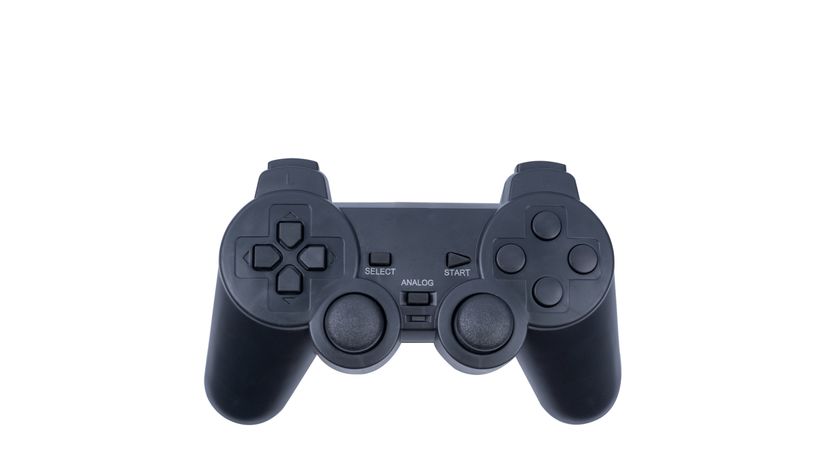
Sony’s PlayStation 2 home gaming console launched in North America on October 26, 2000, going onto sell over 150 million units worldwide by 2011 and putting itself in a distant first place in terms of sales against its closest competitors, Microsoft’s Xbox and Nintendo’s GameCube (24 million and 21.7 million units sold, respectively) in the process. Bear in mind that this was a console that was technologically inferior to its competitors, as the Xbox and GameCube both had more powerful hardware than the PS2. So how did the least powerful gaming console of its era decimate its competitors and become the best-selling console of all time? Well, that’s a complicated question with many different factors, but if you were to nail down the best reasons for the PlayStation 2’s overwhelming success, the following would be it.
Advertisement